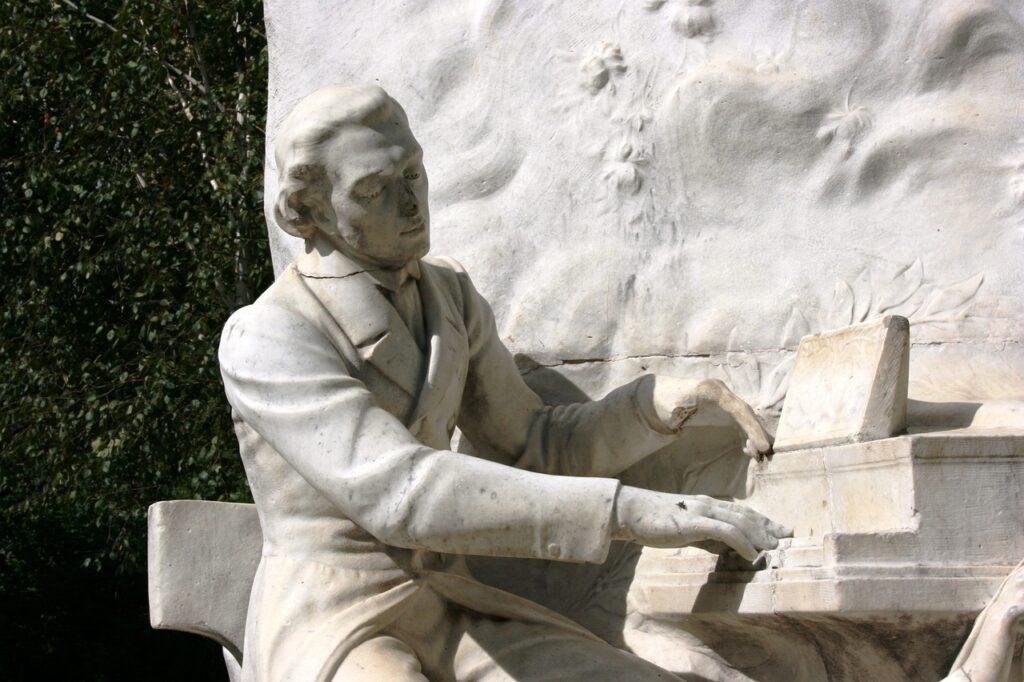Music teachers: do you have students who show musical talent and giftedness? Do you need some information on how they learn? With musically gifted and talented students, just like any other students, you need to meet them where they’re at, making the adjustments in their playing based on what you see. That way, they can become better students than before they came to you. Keep reading to learn more about musical talent and giftedness. Estimated reading time 4 minutes.
Read More

